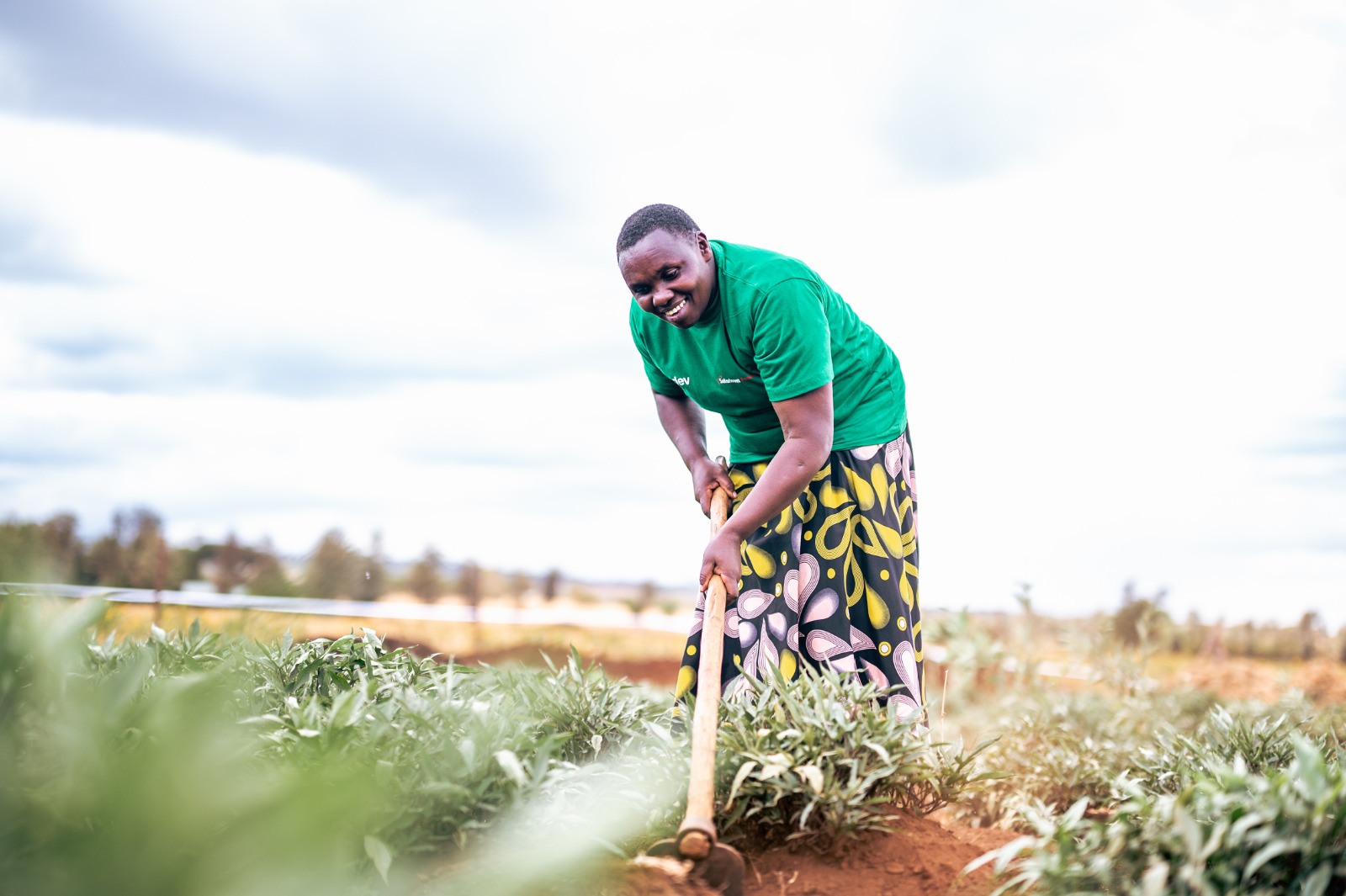
Smallholder farmers play a vital yet often overlooked role. They are estimated to number over 500 million and are the backbone of Africa’s agricultural sector. Typically, they cultivate less than one hectare of land, but they contribute significantly towards feeding the world while preserving our planet’s biodiversity.
These farmers cultivate staple crops like sorghum, cassava, wheat, rice, and maize. Through their involvement in agroforestry and agricultural diversification, among other activities, they also significantly contribute to environmental sustainability and conservation.
This blog post delves into the world of these unsung heroes, shedding light on the significant impact they make and the challenges they face.
Small in size, yet powerful in impact.
According to the FAO, approximately 70% of the world’s 570 million farms are under one hectare. Farms spanning less than five acres comprise less than 20% of the global agricultural land.
Despite their modest size, smallholder farmers are crucial in feeding a significant portion of the world’s population. They exhibit remarkable crop diversity, contributing to nutrition and market variety. Additionally, these farmers serve as environmental custodians, implementing mulching, intercropping, and agroforestry practices. These approaches are vital not only for short-term drought risk mitigation but also for establishing resilient, sustainable, and productive food systems in the long run.
Key insights into smallholder farmers and their farming practices
- Rain-fed agriculture
Smallholder farming predominantly relies on rain as its primary water source, emphasising the dependence on natural precipitation. Therefore, prolonged droughts can adversely affect farmer’s yields and livelihoods.
- Family-centric labour
Small farms rely heavily on family labour, though occasional external assistance may be sought to meet the demand for cultivation.
- Limited land, Limited yields
Smallholder farmers cultivate on modest plots, resulting in comparatively smaller food production volumes when compared to large-scale or commercial counterparts.
- Local focus, global impact
While their main focus is local consumption, smallholder farmers contribute to the export market with commodities like maize, macadamia, and avocado.
- Resource and technology constraints
Smallholder farmers face resource constraints and often lack access to advanced technologies. Manual cultivation methods, like hand-tilling instead of tractors, are commonly employed.
- Informal economy participants
Smallholder farmers are integral to the informal economy, relying on natural resources and informal networks to access markets and sustain their livelihoods.
- Vulnerability to climate and market dynamics
These farmers are susceptible to the impacts of climate change and fluctuations in market prices, highlighting their vulnerability in an ever-changing agricultural landscape.
- Organic Approach
Many smallholder farmers use organic farming techniques, avoiding synthetic fertilizers and pesticides. This not only produces healthier food but also protects soil health and biodiversity.
- Community resilience
Smallholder farming fosters a sense of community resilience as these farmers collaborate and share resources during challenging times. Whether facing adverse weather conditions or market uncertainties, the interconnectedness within these communities helps them navigate and overcome obstacles collectively.
Challenges facing smallholder farmers and farming
Smallholder farming is a demanding occupation. Smallholder farmers encounter numerous difficulties, and three of the most prominent are issues related to accessing finance and quality inputs, coping with the impacts of climate change, and facing obstacles in reaching markets.
1. Access to finance and quality inputs
The inability to secure affordable agricultural finance poses a significant hurdle for farmers, as it hampers their ability to procure essential planting supplies, primarily seeds and fertilizers. This limitation often results in missed planting opportunities at the onset of each season, which is especially critical for those who rely on rain-fed agriculture.
Consequently, they frequently fall short of realizing the full production potential of their farms, leading to severe repercussions for food security, nutritional well-being, and overall livelihoods.
2. Climate change
Smallholders are grappling with the adverse effects of climate change, which significantly disrupt the growing conditions across entire regions. This alteration affects precipitation patterns, rendering production highly unpredictable. Farmers dependent on rain-fed agriculture bear the brunt of these climate shifts, facing challenges such as environmental degradation, fluctuations in water supply, and extreme weather events like floods, droughts, and severe storms.
These events contribute to issues such as diminished soil fertility, reduced arable land, erosion, depletion of water resources, decreased rainfall, and heightened occurrences of pests and diseases, all of which detrimentally impact crop productivity and livestock health.
3. Market Access
Securing reliable and fair market access is another formidable challenge for smallholders. The lack of accessible markets, compounded by the geographical remoteness of many farmers, makes it challenging for them to sell their produce. High transportation costs further exacerbate this issue.
This situation becomes particularly problematic as, post-harvest, smallholder farmers often need to swiftly sell their crops due to a lack of adequate storage facilities.
Smallholder farming The backbone of our food systems
Smallholder farmers are not just cultivators of crops; they are guardians of traditions, preservers of biodiversity, and champions of community resilience. Recognizing the unique qualities that define them is crucial for appreciating the invaluable role they play in shaping the agricultural landscape. As we celebrate the essence of smallholder farming, let us also commit to supporting and uplifting these stewards of the land.
